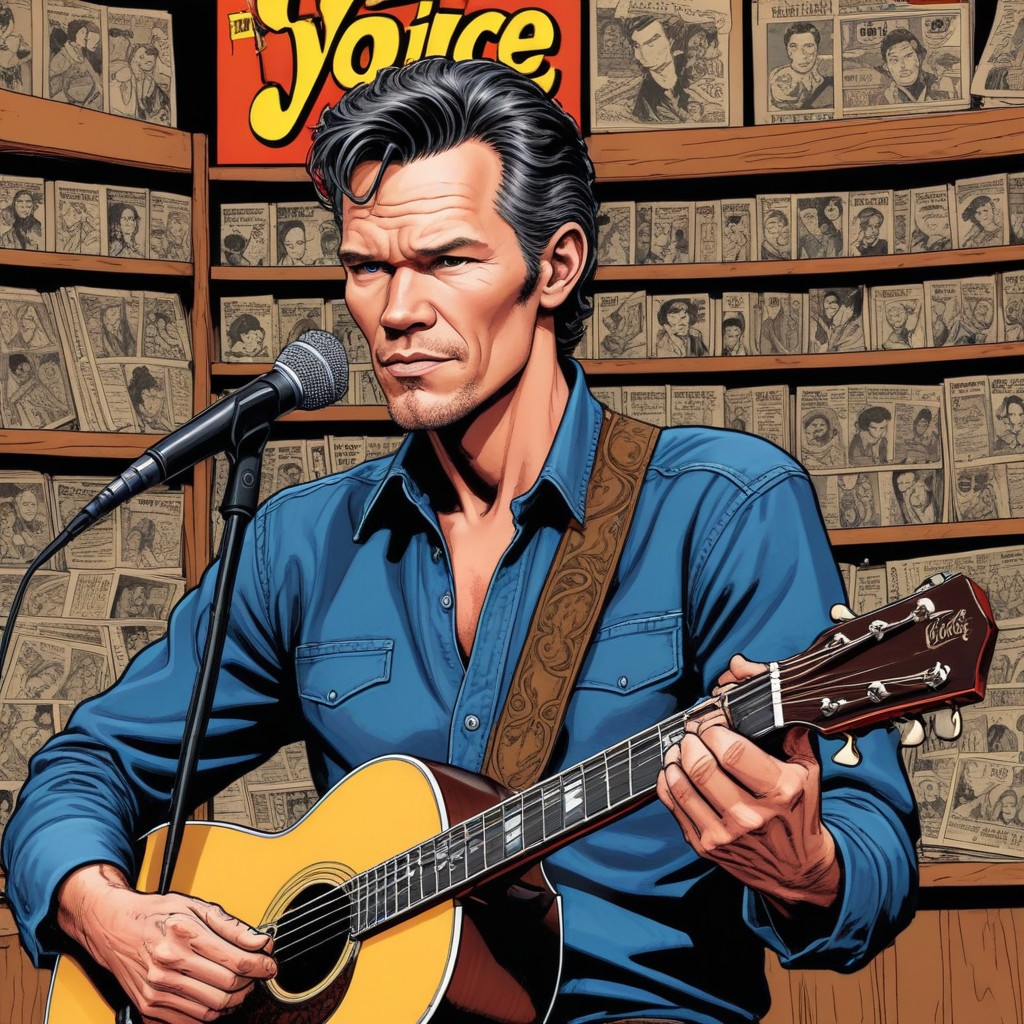Randy Travis, the legendary country music artist, has made a remarkable comeback with his latest song, “Where That Came From.” What makes this release even more groundbreaking is that it features Travis’s own artificially generated voice, thanks to cutting-edge AI technology. Let’s dive into the story behind this unique collaboration.
The Unexpected Voice
James Dupré, a fellow country singer, was as surprised as anyone when he heard Randy Travis’s AI-assisted vocal on “Where That Came From.” Dupré had recorded a demo of the song over a decade ago, but it never saw the light of day. When he realized that Travis’s new version incorporated his original vocal, he was fascinated. The AI technology allowed Travis to sing again after suffering a stroke in 2013, which had robbed him of his speech.
The Vocal Bed
In this groundbreaking release, Dupré’s original vocal serves as the “vocal bed” over which Travis’s AI-generated voice clone was layered. The term “vocal bed” is a novel credit established by Warner Music Nashville specifically for this situation. It acknowledges Dupré’s contribution to the song and may set a precedent for future credits involving voice cloning technology.
Copyright and Licensing
Given the novelty of AI-generated music, questions arise about copyright and licensing. While Dupré was compensated for his work on the song, details about ongoing royalties remain undisclosed. Nevertheless, “Where That Came From” marks a significant moment in the intersection of music and AI.
More to Come?
Dupré hints that there are a couple more AI-assisted Travis songs featuring his vocals in the pipeline. As the music industry grapples with this new frontier, artists and labels will continue to explore the possibilities of AI-generated music.
“Where That Came From” not only showcases Randy Travis’s enduring talent but also highlights the potential of AI in music creation. As listeners, we witness history being made—one note at a time.
